Most parents grew up playing the same sports their kids enjoy. However, not all parents grew up skateboarding, and that can make it tough to get your little one started when you first hear, "I want a skateboard." Those words can seem daunting at first, but this guide will help you learn what to buy, proper safety procedures, and how to help your young skater, or those of all ages, master the basics.
Buying the First Board
There's no definitive type or brand of skateboard you should buy as a beginner, but there are a few pointers you can use to find your child an ideal setup. Quality skateboard completes — those that come with a deck, trucks and wheels — cost upward of $100 for adults, but you don't have to pay that much cash for your child’s new hobby. Most major skateboard companies offer more affordable options for kids, which cost around $50 to $100. Shop for your skater’s new ride at a locally-owned brick-and-mortar or online skate shop, because the cheaper boards at big box stores can be poorly designed and dangerous. Ask a professional at the shop for help choosing the perfect entry-level board. And once the skill is mastered, then you can considering buying an electric one.
Safety First
Skateboarding, like most extreme sports, gets a reputation for being dangerous, but there's plenty of protective gear available to help your child advance more safely and with confidence. The following pieces of safety gear are essential for anyone learning to skate:
- Helmet— The helmet is the No. 1 piece of safety gear in skateboarding. Purchase a skateboard helmet that sits on top of your child's head without rocking backward, forward or to either side. Always check to ensure the helmet is buckled before letting your kid ride.
- Pads — Knee and elbow pads will protect your little ripper from scrapes, bruises and broken bones that can be extremely painful and deter your child from getting back on his board.
- Wrist guards— Beginner skaters often use their hands and wrists to break their falls. Wrist guards will protect your skater against broken bones while he masters his new skills.
Know the proper safety gear: Helmet, pads, and wrist guards. Don’t forget Board Blazers too!
Still, you don't want your little one to rely only on his helmet, pads and wrist guards for safety. Instruct your child to crouch low when he feels off balance and to tuck his elbows and head in to his body when he starts to fall. Advise him to land on his bottom, back or sides, and to roll out of the fall whenever possible. Learning to fall properly is an essential part of preventing skateboard injuries.
Your child isn't completely protected from injury with safety gear and proper falling techniques. Teach your kid about the safe places to skateboard in your area, and don't let him ride where cars might drive. Encourage your skater to advance his or her skills at a steady pace and to take breaks when tired.

Start with the Basics
Skateboarding takes years of practice to master. Parents who are completely unfamiliar with skateboarding may want to enroll their child in lessons at a local skate shop or community skate park. Although, you don't have to be an advanced skater to help your child learn the basics.
- Find your skater's dominant foot by letting him or her kick a soccer ball. The foot he uses to kick the ball will be his rear foot on the board. It will also be the foot he uses to push the skateboard.
- Start by having your youngster stand on the deck of the board on the grass before putting it on pavement. This will help him get a feel for the board under his feet.
- Advance your child to the pavement and consider purchasing a board for yourself. You can learn the basic of skateboarding together while keeping an eye on your child’s safety.
- Take your skater to the skate park. The advanced skaters at the skate park can be intimidating to novice riders, but parks are a common place for beginners to make friends and advance their skills together, too. Make sure your youngster is outfitted in all of the proper safety gear and relax while watching him improve his skating.
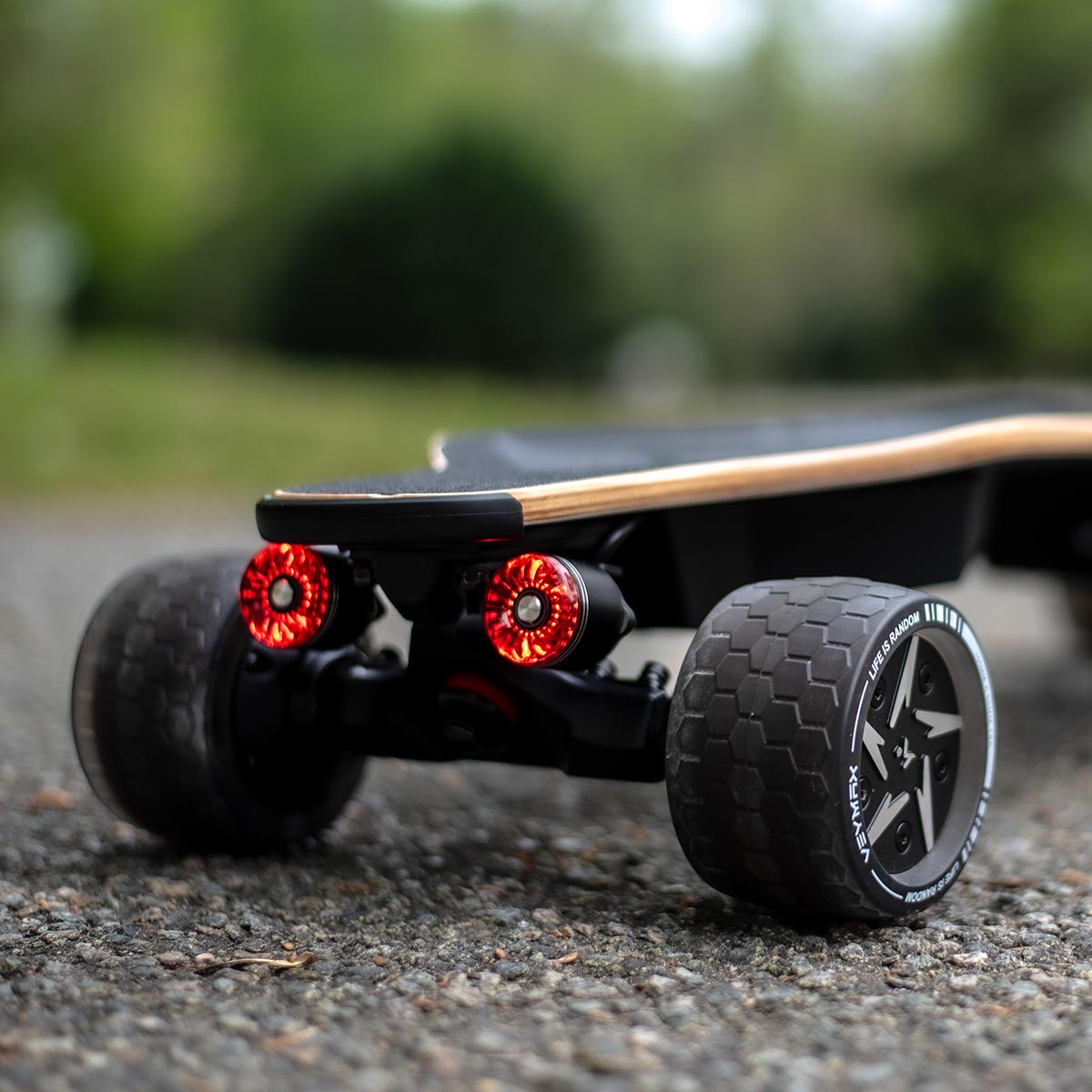
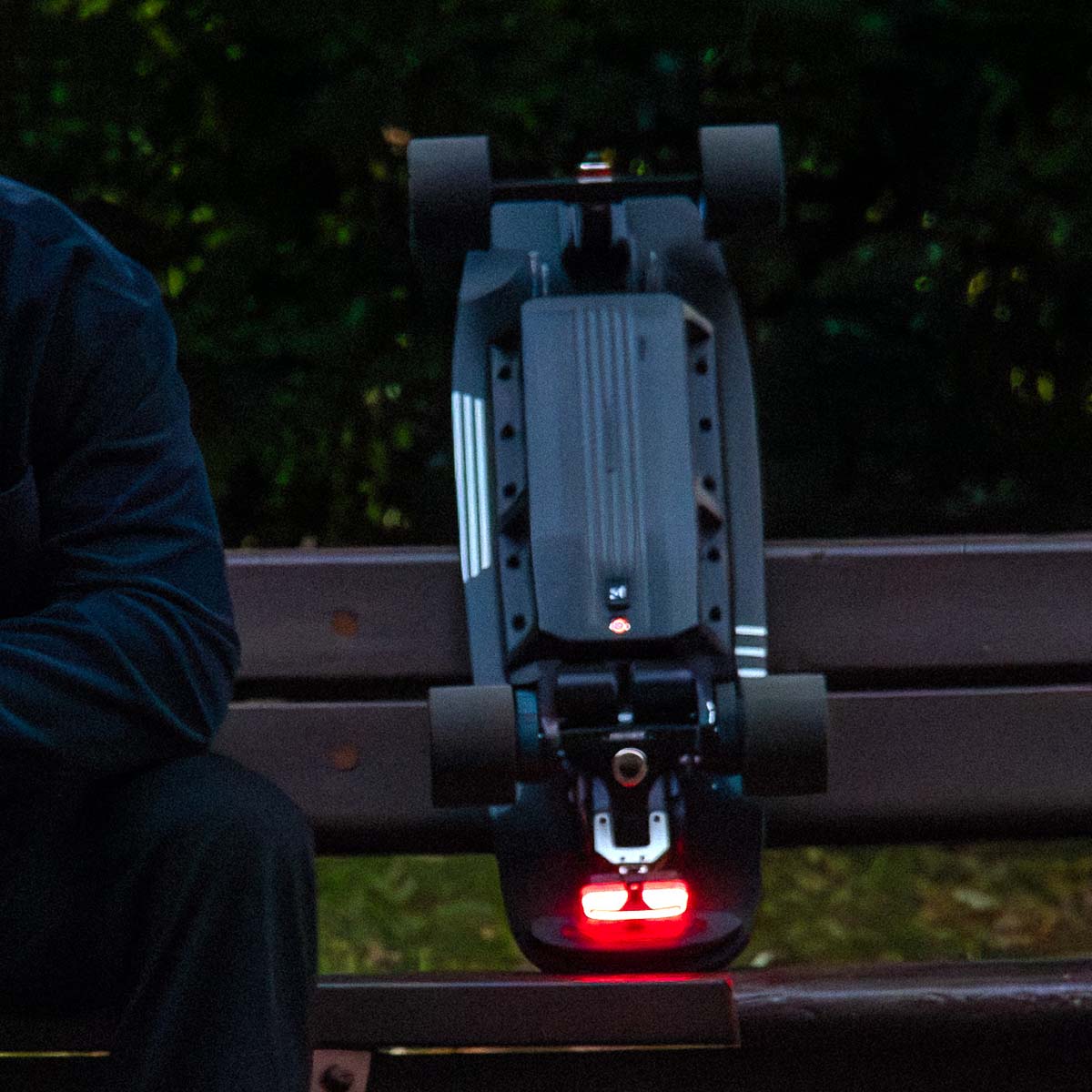
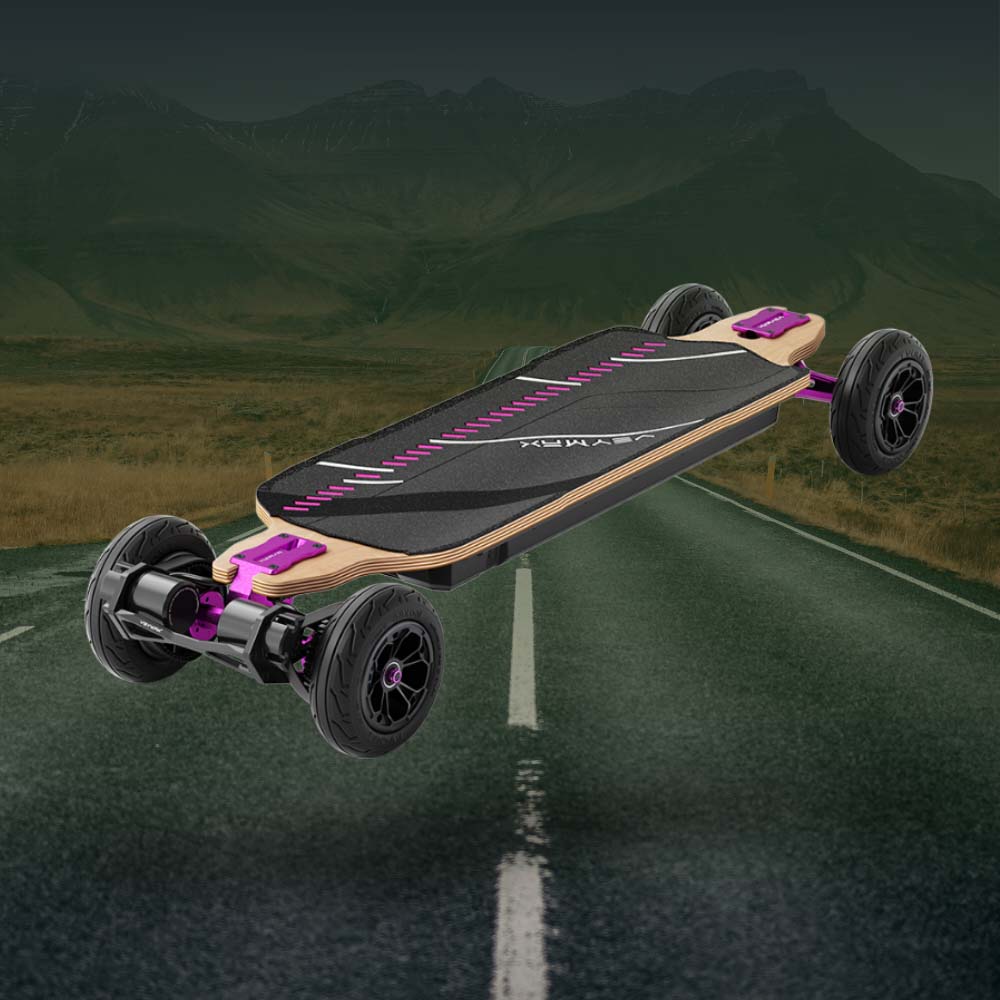
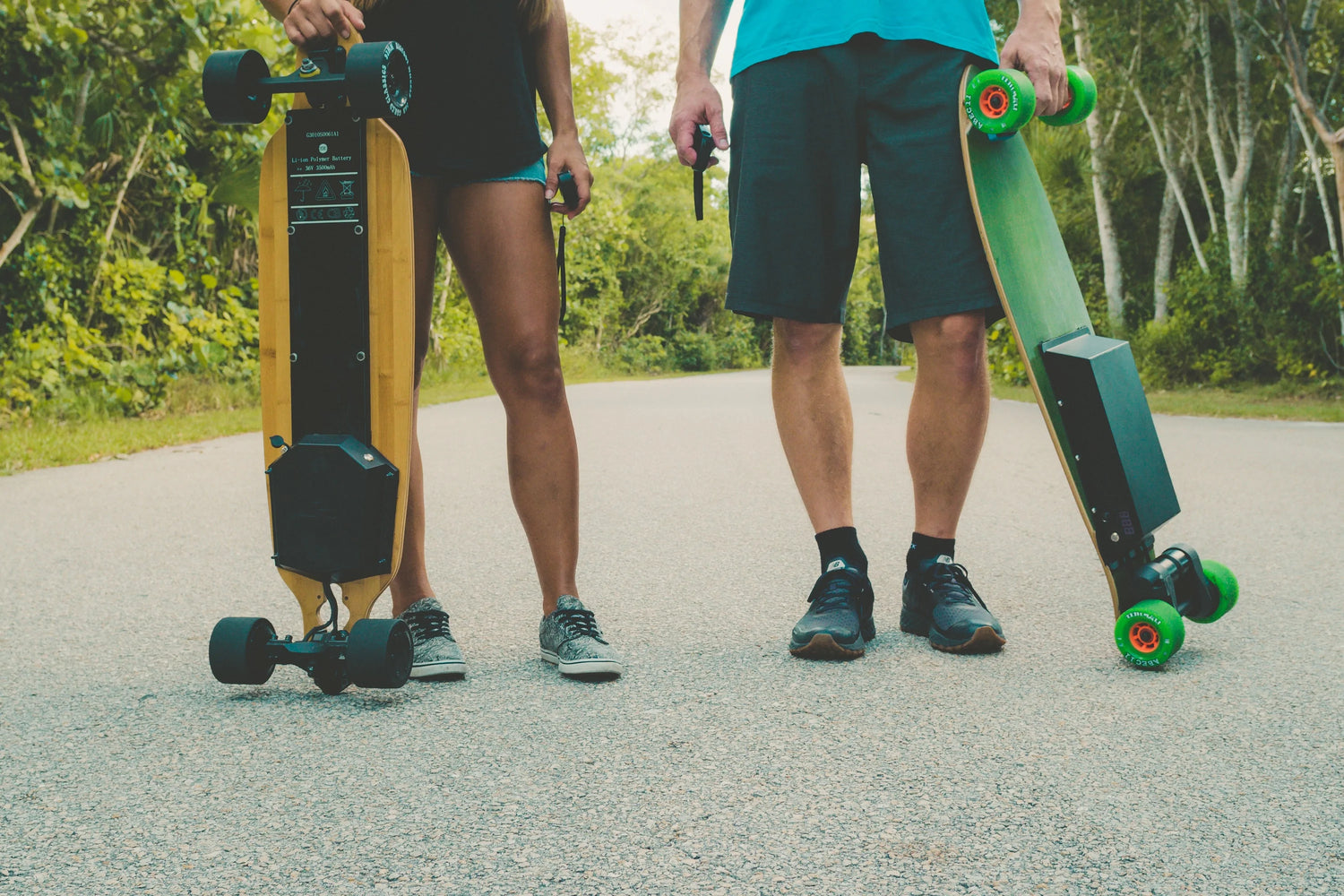
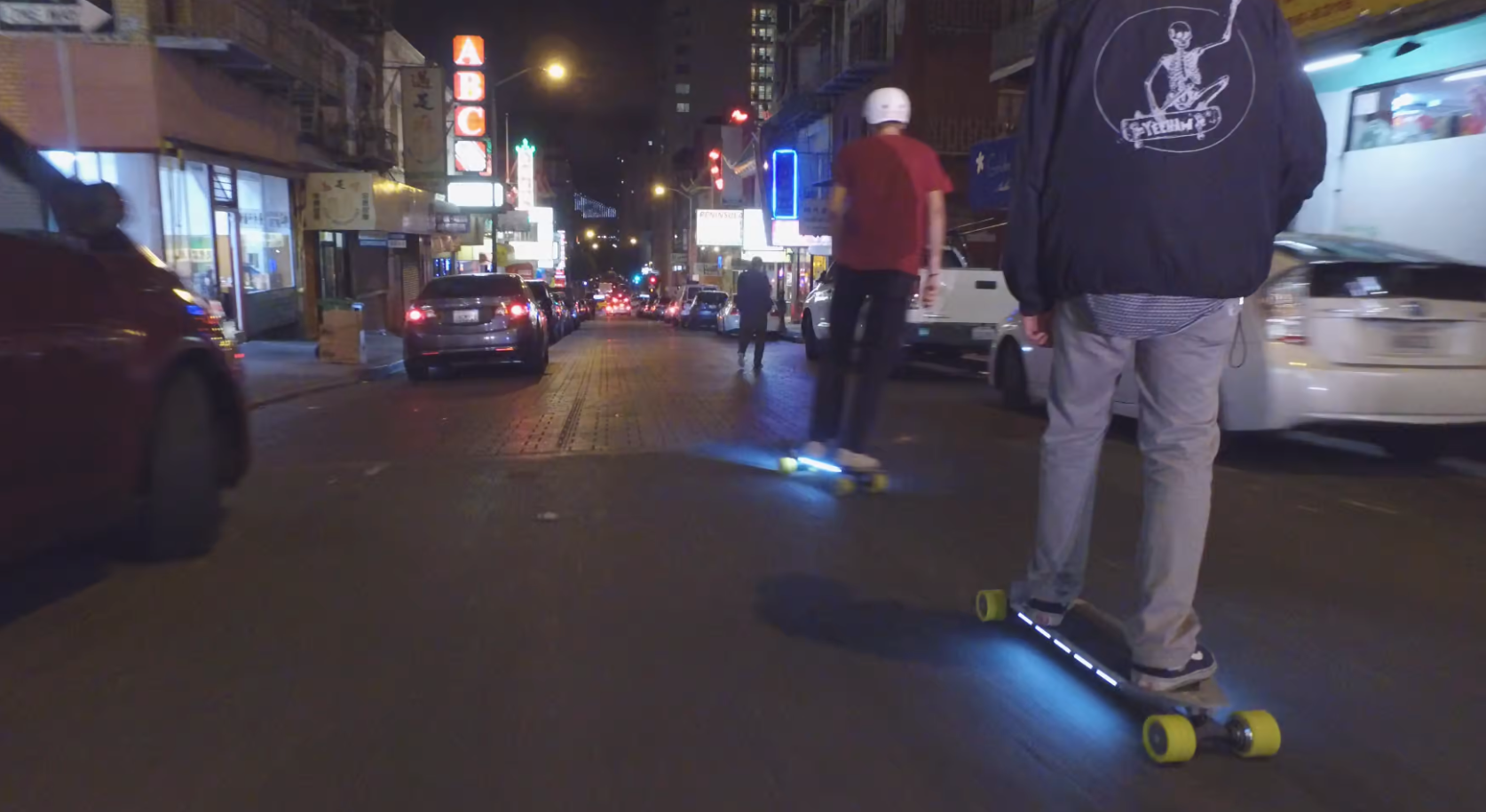
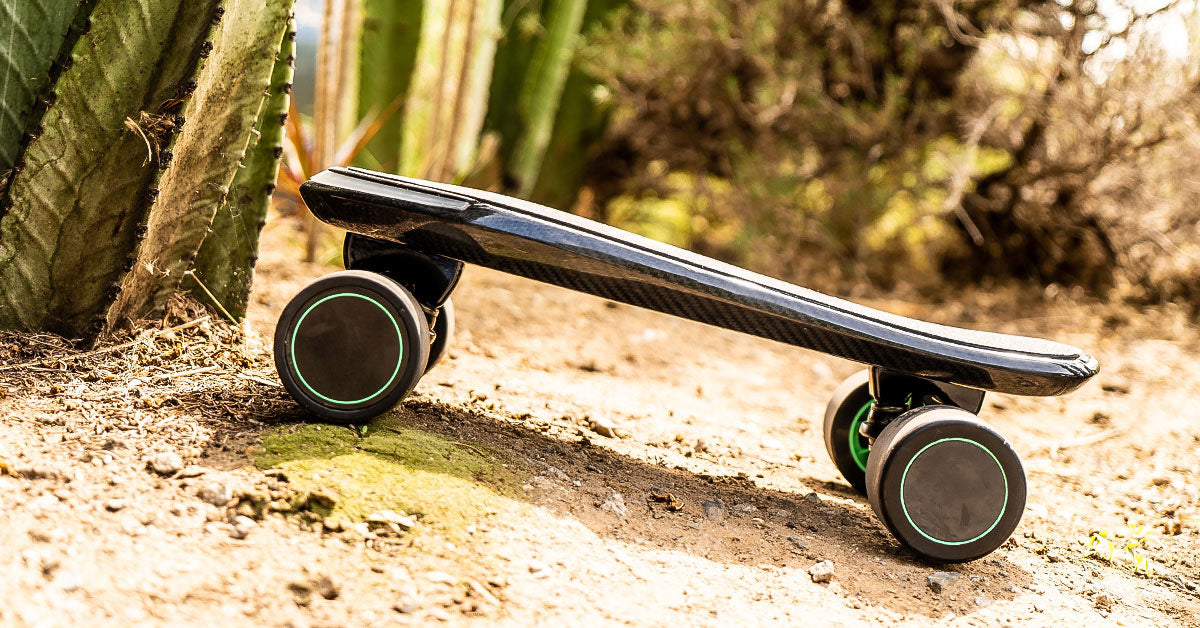
Leave a comment
This site is protected by hCaptcha and the hCaptcha Privacy Policy and Terms of Service apply.